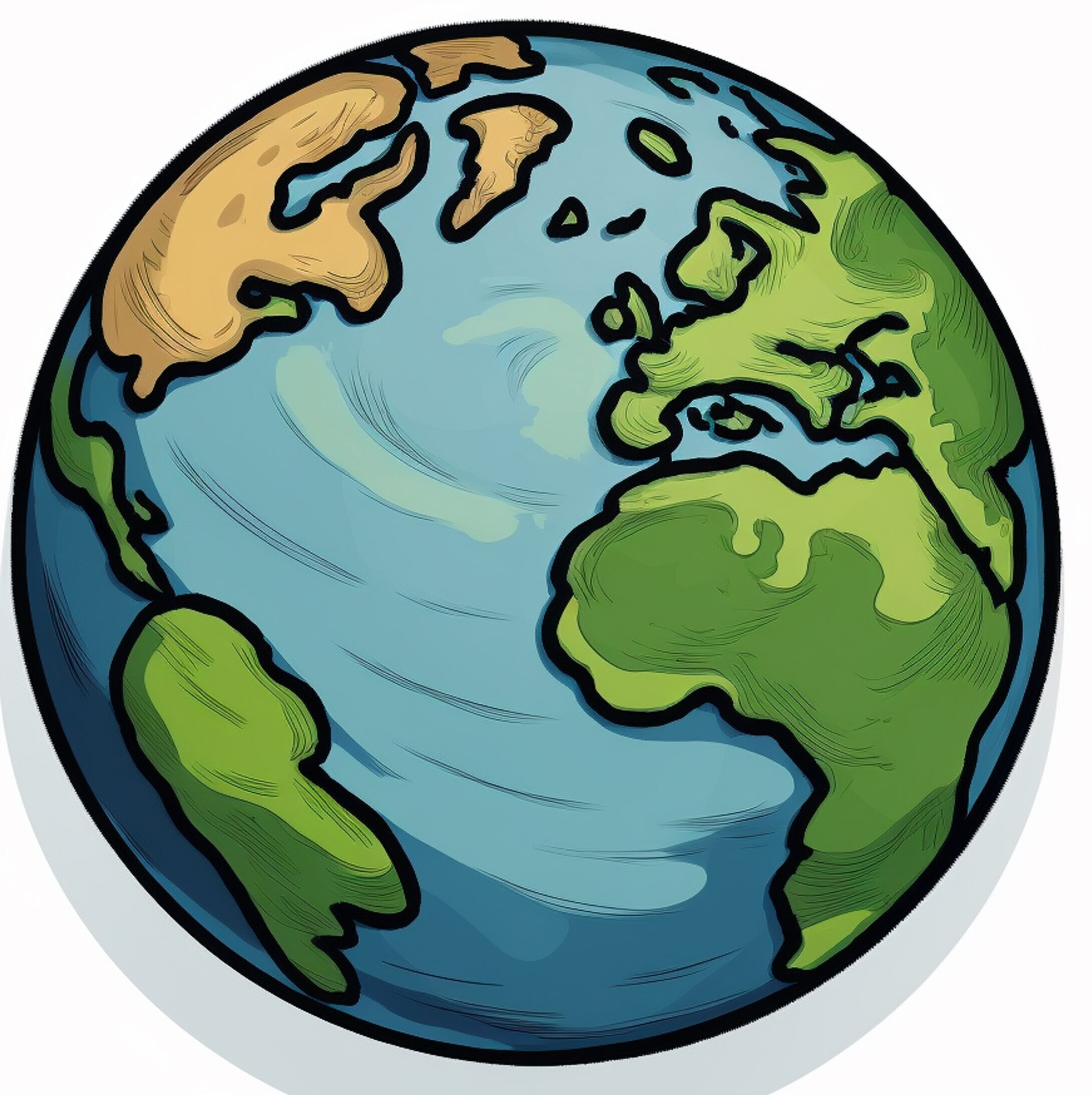Introduction
Our planet is heating up, and it’s no longer just a warning—it’s reality. Global warming is changing the world around us, faster than many expected. Scientists agree that if we don’t take action now, the damage could become irreversible. But what is global warming, and why is it happening?
What is Global Warming?
Global warming refers to the steady rise in Earth’s average temperature over the past century. While Earth’s climate has changed naturally in the past, this recent warming is mostly caused by human activities. It is driven by the release of greenhouse gases, which act like a thick blanket around the planet, trapping heat from the sun.
Major Causes of Global Warming
1.Burning Fossil Fuels
The biggest contributor to global warming is the burning of coal, oil, and natural gas. These are used in cars, factories, and power plants, releasing large amounts of carbon dioxide (CO₂) into the atmosphere.
2.Deforestation
Cutting down forests removes trees that absorb CO₂. With fewer trees, more carbon stays in the atmosphere, intensifying the greenhouse effect.
3.Industrial Waste and Pollution
Factories and industrial zones release harmful gases, chemicals, and heat. These not only pollute the air but also contribute to the warming of the environment.
4.Agriculture and Livestock
Farming releases methane, a powerful greenhouse gas, especially from cattle. Overuse of fertilizers also adds nitrous oxide to the atmosphere.
Effects of Global Warming
.Rising Sea Levels
As ice sheets in Greenland and Antarctica melt, sea levels rise, threatening coastal cities and island nations.
.Unpredictable Weather
Global warming leads to more frequent heatwaves, floods, droughts, and hurricanes. Weather is becoming more extreme and less predictable.
.Threat to Biodiversity
Animals and plants are struggling to survive in changing climates. Coral reefs are dying, polar bears are losing their habitats, and ecosystems are being disrupted.
.Impact on Human Life
Global warming affects food production, water supply, and health. It increases the spread of diseases and places pressure on already vulnerable communities.
Solutions: How We Can Fight Back
1.Clean Energy Sources
Replacing fossil fuels with solar, wind, and hydroelectric power can significantly reduce emissions.
2.Energy Efficiency
Simple steps like using energy-saving appliances, insulating homes, and turning off unused electronics can make a difference.
3.Tree Planting and Forest Protection
Trees are natural carbon absorbers. Protecting forests and planting new trees is one of the easiest ways to reduce carbon in the air

